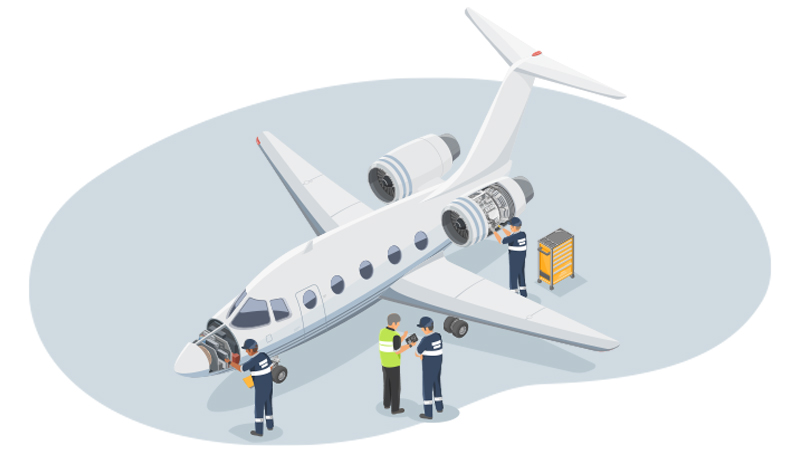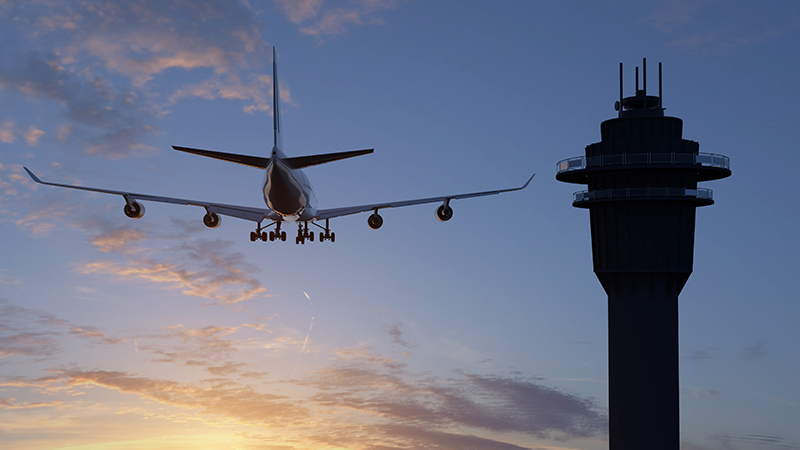

Keeping costs low while maintaining quality and safety standards isn’t a new idea. As anyone who’s worked in pretty much any line of business will know, it’s in fact often the driving force behind a company’s future plans.
However, due to recent economic insecurities, and a greater focus on sustainability, this balancing act is more important than ever. Below, we’ll look at whether changing attitudes in aviation have impacted how we keep costs low, and what this could mean for long-term sustainability.
The primary reasons for cost reduction are competitiveness and profitability. While there are numerous other factors at play, these are the fundamentals of any business. By extension, these impact investor appeal and company longevity, as lower costs and higher profits theoretically mean it’s easier to survive economic downturns.
But from a different angle, cost reduction is important for innovation; it allows for more investment in research and development and nudges companies towards lean operations. Finally, low costs can help a company to become more environmentally friendly, as looking for ways to save money can often translate into reducing production or shifting to sustainable practices.
In the aviation industry, safety is a major priority. Balancing this against cost reduction can be challenging, though, as this can often translate into loss of quality and expertise. So, how does the aviation industry maintain safety while reducing cost?
One option is multi-disciplinary design optimisation (MDO). In short, it transforms aircraft design from a multi-level silo into a holistic design process. This means designs happen faster (reducing cost) without sacrificing safety or engineering expertise. Specifically, different specialists can work on designs at the same time, making it easier to spot issues and, in theory, save time on revisions.
Another option is to adopt innovative technology, such as 3D printing. It’s been used in aerospace for a while now, but it’s ideal for saving money while also producing high-quality, safe parts. Recent advances in 3D printing have helped bring the cost down and expand the range of materials it can print with, making it an area ripe for further development in aerospace.
But it would also be wrong to overlook the importance of collaboration for reducing cost and maintaining safety. While we can’t necessarily expect competitors to collaborate on innovative technology, different stages of the design process working together would help highlight issues earlier. We touched on this above, but adapting workflows to become more dynamic and to address modern challenges is a must. This is easier for aviation startups, as they don’t have existing workflows, but it’s something established companies could also benefit from.
Finally, there’s investment in sustainable materials and production processes. On the surface, this isn’t an obvious option for saving money. But when we consider the long-term impact, investments now will pay off as products are more widely adopted and prices fall.
We’re at an important point in the development of the aviation industry. Companies are adopting novel technology and fuel sources with the goal of sustainability in mind. But, as ever, this must be balanced against cost reduction and maintaining safety records. It’ll be interesting to see how this shift in focus changes the wider aerospace market in the coming decades, and whether we’ll see any new solutions arise.

